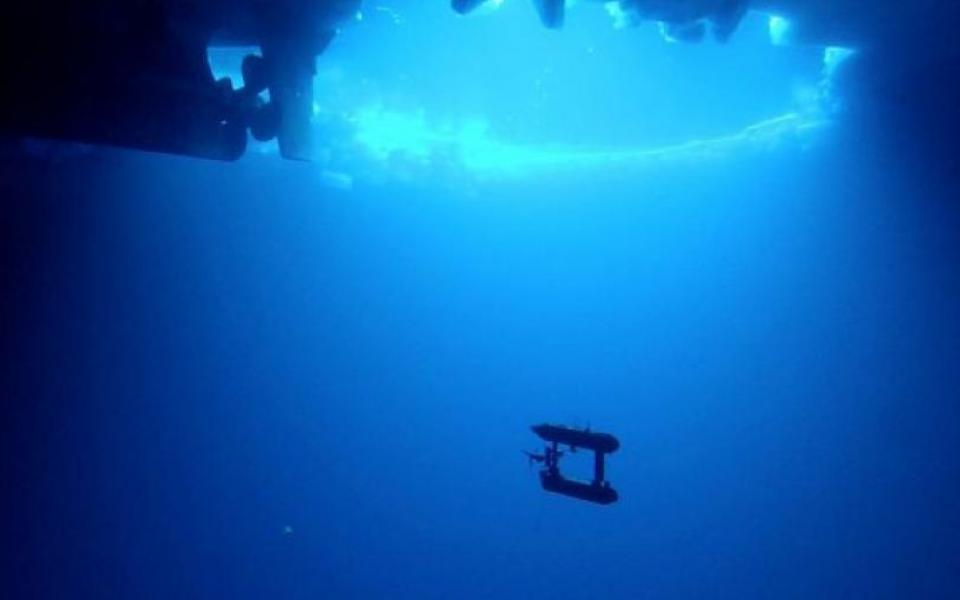Underwater Robots: Challenges and Merits
Prof. Tim Woo, Associate Professor of Engineering Education, Department of Electronic & Computer Engineering, tells us underwater robots are humans' useful assistants in dangerous missions.
By Prof. Tim WOO, Associate Professor of Engineering Education, Department of Electronic & Computer Engineering, HKUST
Last October, an aircraft crashed into the Java Sea, killing all 189 people on board. Data from one of the black boxes retrieved from the plane has revealed the aircraft experienced problems with its airspeed indicators on its last four flights, although the investigation is still ongoing to determine the cause of the crash.
Underwater mission such as the black boxes retrieval above is not as easy as people think. The unpredictable nature of water currents and extreme conditions sometimes hamper underwater operations as it may be too dangerous to send in human divers. But using underwater robots, or drones, as an alternative in the deep sea is not without its challenges.
The biggest challenge is the need of improving stability during device deployment in face of waves and currents; the density of water affects the floating power of underwater devices, and there is also concern over waterproof capabilities and signal transfer. In most situations, signal transfer is done by wire, as wireless transmission cannot produce real-time footage and signals concurrently. The presence of the wire, however, limits the distance and depth on how far the device can go, as all signals grow weaker the longer the distance they travel. Fortunately, a group of MIT researchers had recently addressed the problem by designing a novel system that allows the underwater transmitter and airborne sensors to directly share data through transmitting and decoding sonar signals, which cause vibrations.
Despite technical difficulties that are pending to be solved completely, underwater devices, in particular robots, are still a much-desired alternative to human labor in hazardous or extreme circumstances. For example, cleanup of the Fukushima nuclear power plant after the 2011 tsunami will take years, or even decades to complete, but the high radiation level in innermost areas of the reactors are “no man’s land”. Without the help of underwater robots, the world would have known much less about what had happened and what needs to be done. Similarly, in deep-sea exploration, underwater robots have carried sensors and equipment to travel the no-man zone in some of the deepest oceanic trenches on Earth and collected valuable data to let us know what it sounds like or looks like down there.
In Hong Kong, the underwater robot has the potential to be a game changer in many fields, as much of the underground drainage and sewers work, as well as beach maintenance, are still carried out by human labor today. Last September, a lifeguard drowned while scuba diving to clear waste from a shark prevention net at a Tsuen Wan beach. My hope is that it does not take any more tragedies for us to realize the value the underwater robot technology.
Originally printed on The Standard, January 9, 2019






